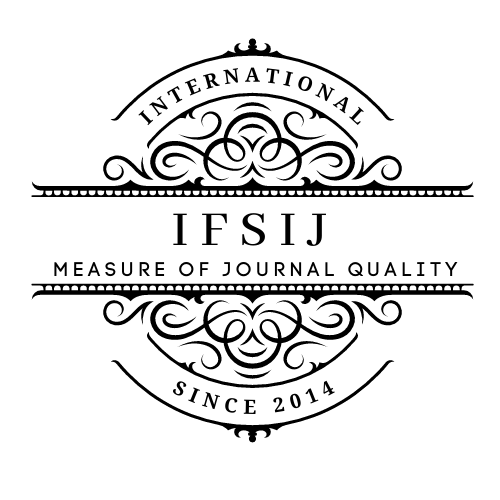THE EVOLUTION OF COMMUNICATION NETWORKS IN THE 18TH AND 19TH CENTURIES: THE HISTORICAL DEVELOPMENT OF POSTAL AND TELEGRAPH SYSTEMS
Keywords:
Postal history, telegraphy, 19th-century communication, industrialization, globalization.Abstract
This article offers a comprehensive historical analysis of the evolution of communication networks in the 18th and 19th centuries, focusing on the establishment of postal systems and the rise of the telegraph. The article, which draws on scholarly sources such as legislation, technological patents, and the contemporary press, and is based on peer-reviewed scholarly literature, is included in the news.net website. The emergence of national postal services, such as the General Post Office in Great Britain and the militarized postal service in France, marked the first attempts by the state to control and integrate communications. In the 19th century, postal services such as Rowland's Uniform Penny Post democratized the postal system, and the development of electrical telegraphy, through pioneers such as Samuel Morse, enabled instant global communication. The interconnection of these systems had a profound impact on governance and social relations. The integration of postal and telegraph services under institutions such as the British GPO is a broader example of state centralization and infrastructural convergence. Furthermore, standardized mail, symbolizing the steps taken towards global information integration with the establishment of the Universal Postal Union in 1874, remained in place, depending on governance, inequalities in access, labor exploitation, and colonialism. Ultimately, the study argues that the communications revolution of the 18th and 19th centuries laid the foundation for modern global connectivity and provides a valuable lens through which to interpret contemporary digital transformations.
Downloads
Published
Issue
Section
License

This work is licensed under a Creative Commons Attribution-NonCommercial-NoDerivatives 4.0 International License.















